|

Seafood isn't just for dinner! Whether you're looking for a relaxing weekend brunch or a quick weekday meal, we've got some tasty ways to add more U.S. seafood to your diet! For more great breakfast ideas, check out these recipes from our friends at Seafood Nutrition Partnership.
|
|
Highlights
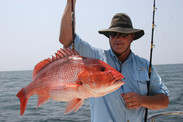
Recent data and management improvements in the Gulf of Mexico recreational red snapper fishery are cause for optimism. New sources of data, such as the Great Red Snapper Count, and longer fishing seasons are providing scientists and managers new insights and anglers more fishing opportunities. But the dialogue continues over the management of red snapper and the data used for management.
|
|
|
Alaska
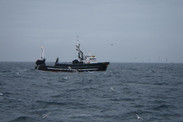
Climate change is impacting the ecosystem of the Gulf of Alaska and effects are expected to magnify as warming increases over the coming decades. In 2020 there were 99 marine heatwave days and none so far in 2021.
|
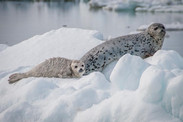
A new NOAA Fisheries study finds some of the first quantitative signs that three species of seals are experiencing impacts of warming in the Bering Sea and Aleutian Islands. These three species—ribbon, spotted, and harbor seals—are typically resilient, long-lived predators that eat a variety of prey.
|
|
|
West Coast

The population of gray whales that migrate along the West Coast has declined about 24 percent since 2016. It now stands at an estimated 20,580 whales, a new population assessment has found. That is similar to previous fluctuations in the Eastern North Pacific population that has long since recovered from the days of whaling.
|
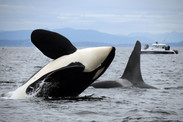
Human impacts ranging from stray fishhooks to vessel strikes have killed more killer whales, including endangered Southern Resident killer whales, in the northeast Pacific Ocean than scientists had previously recognized. This is one finding of a new analysis of necropsy reports and body condition data from 88 North Pacific killer whales found dead since 2001.
|
|
|
Southeast
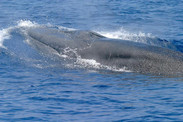
New research provides a body of evidence supporting the existence of an undescribed species of baleen whale from the Gulf of Mexico. The whale previously known as the Gulf of Mexico Bryde's whale is actually a new whale species, Rice's whale.
|
|
|
Greater Atlantic

Scientists at our Milford Lab have found that juvenile fish abundance in communities found on a rock reef in Long Island Sound shifted from 2004 to 2016. During this period, waters also warmed.
|
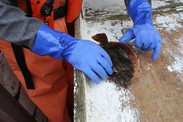
Staff involved with cooperative research and fishery monitoring at the Northeast Fisheries Science Center interact daily with the fishing industry. Managing the many moving parts of this work requires constant assessment and adaptation, and they’ve designed a new internal structure to improve operations and maximize resources.
|
|
|
Upcoming Deadlines
February 24: NOAA Fisheries has extended its deadline to receive public comments on the Work Plan of the Interagency Working Group on Illegal, Unreported, and Unregulated Fishing. Written comments on the Work Plan should be submitted by February 24, 2021, to: iuu.fishing@noaa.gov.
|
|
|
|